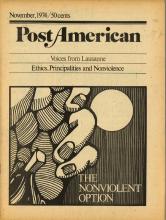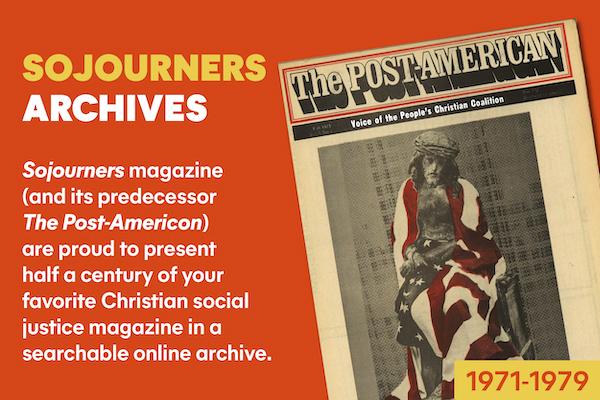Bainton, Roland H. Christian Attitudes Toward War and Peace. New York: Abingdon Press, 1960. The best historical treatment of Christian thinking on the problem of war. He argues for Christian pacifism on the pragmatic grounds of war’s futility and on the basis of atomic warfare’s menace.
Carter, April, et al. Non-Violent Action: A Selected Bibliography. London: Housmans, 1970. A good source for Gandhian-type nonviolent resistance approaches.
Douglass, James W. The Non-Violent Cross. New York: The Macmillan Company, 1966. A defense of nonviolent resistance from a Catholic perspective. Has a good section on Ramsey’s just war theory.
Eller, Vernard. King Jesus’ Manual of Arms for the Armless. Nashville: Abingdon Press, 1973. A study of warfare in the Bible from the Old Testament to Revelation from a nonviolent perspective.
Ellul, Jacques. Violence. Translated by Cecelia Gaul Kings. New York: The Seabury Press, 1969. A good treatment on the nature and results of violence with a call for Christian radicalism as an alternative.
Enz, Jacob J. The Christian and Warfare. Scottdale, Pennsylvania: Herald Press, 1972. Some good thoughts on the problem of Old Testament warfare.
Read the Full Article
To continue reading this article — and get full access to all our magazine content — subscribe now for as little as $4.95. Your subscription helps sustain our nonprofit journalism and allows us to pay authors for their terrific work! Thank you for your support.
Already a subscriber?
Login
